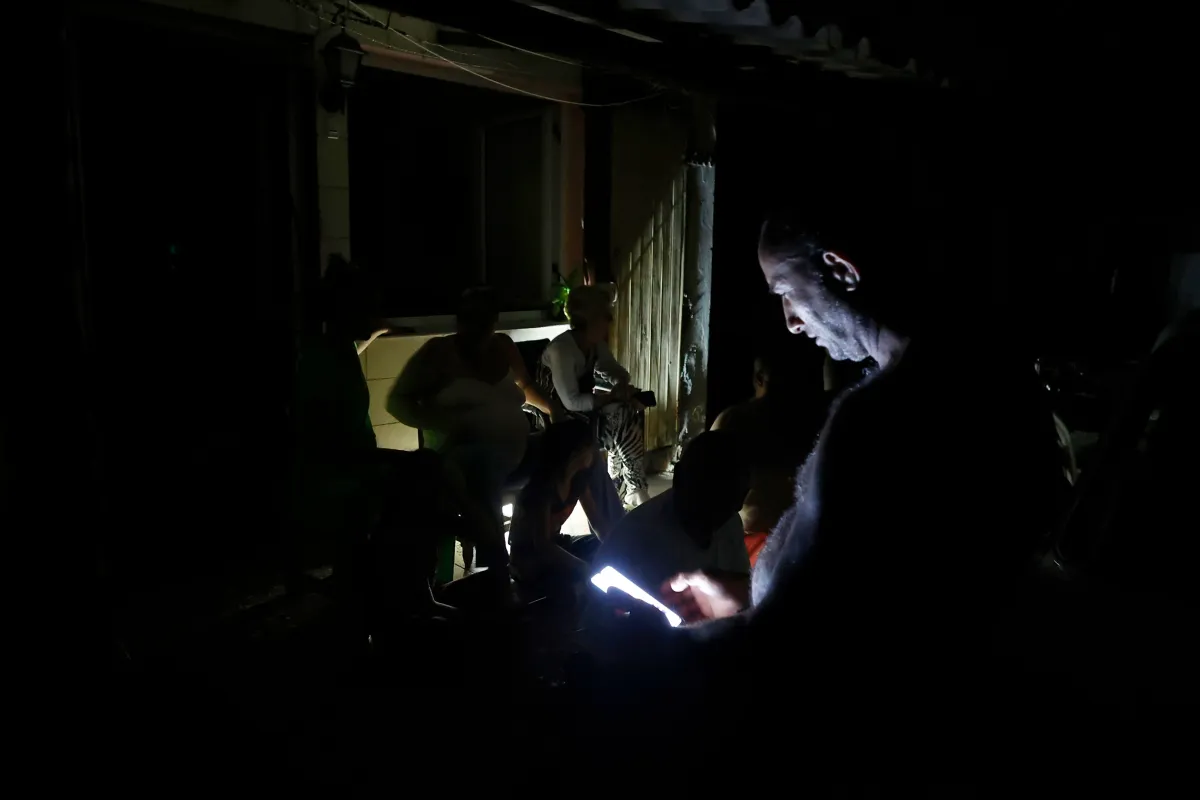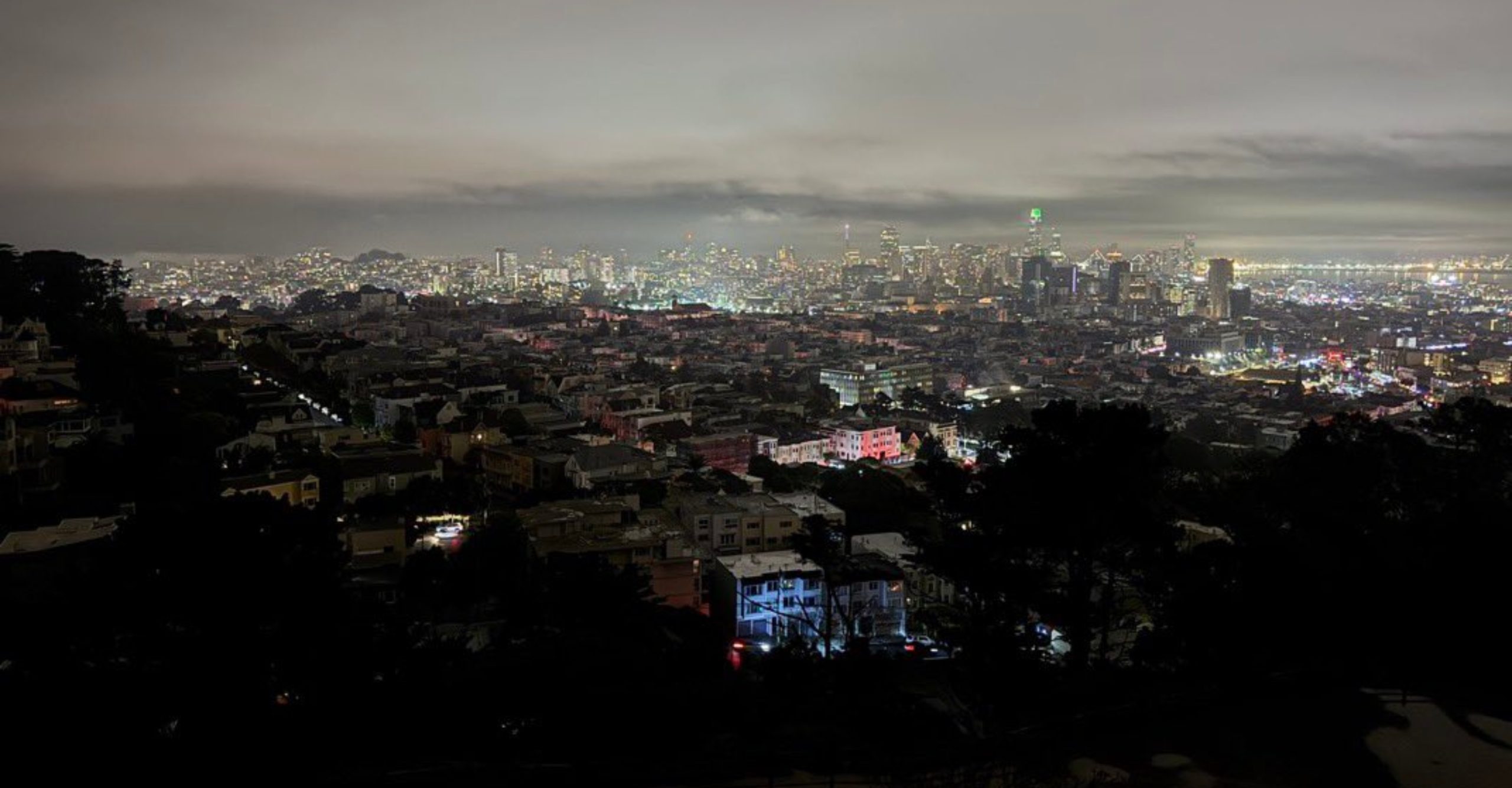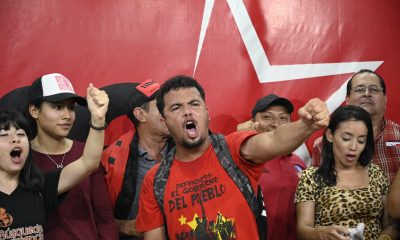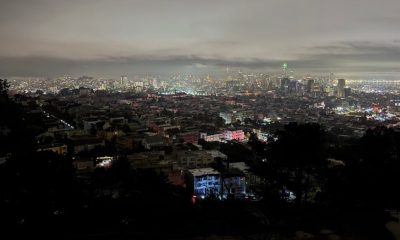International
A third total blackout in Cuba in three days thwarts attempts to recover the service

The third total blackout of Cuba’s National Electric System (SEN) in less than 72 hours has once again frustrated this Sunday attempts to restore a basic service that collapsed three days ago after weeks of exacerbation of an energy crisis that has been brewing for years.
“At this moment, steps are being taken to restore the connection,” Félix Estrada, director of the national cargo office of the company Unión Eléctrica, told state television.
The manager of the state company explained that a strategy is currently being followed to reorganize the country’s electricity generating units by regions and then carry out their start-up.
He said that the objective is to restore the SEN connection in the shortest possible time to gradually restore the service of the approximately ten million inhabitants of the island.
Cause of the third blackout in Cuba
He recalled that the cause of this third blackout occurred due to a “transmission failure” when it had been possible to connect in the same subsystem to Mariel (west) and Holguín (east), separated by more than 600 kilometers.
The first total fall of the system that left the country in “zero national energy coverage” was recorded last Friday, after an “unforeseen” exit from operations of the Guiteras thermoelectric plant, considered key to the stability of the SEN.
This Saturday, the actions carried out to re-energize and recover the SEN failed again, which caused the second total disconnection, and in the last hours of that day the subsystem that had been created in the western half of the island collapsed, so the work had to start again.
The Minister of Energy and Mines, Vicente de la O Levy, acknowledged this Sunday in an appearance that the situation in the electricity system is “very tense.”
Precarious state
But he said that the Government aspires for the SEN to recover within two days the state it had before the first massive blackout and that consequently most consumers will have light again “tomorrow Monday” and that “the last customer may perhaps be receiving (current) next Tuesday.”
The SEN is in a very precarious state due to the shortage of fuel – the result of the lack of foreign exchange to import it – and the frequent breakdowns in obsolete thermoelectric plants, with four decades of operation and chronic lack of investments.
Stocks have been common for years but the situation has worsened in recent weeks. In recent days, days have been recorded with maximum affectation rates of more than 50%, that is, moments when half of the country was simultaneously without electricity.
Affected economy
The frequent blackouts damage the Cuban economy – which in 2023 contracted by 1.9% and boost social discontent in a society affected by an aggravated economic crisis in recent years.
They have also been the trigger for anti-government protests, including those of July 11, 2021 – the largest in decades – those in Nuevitas and Havana in August and September 2022, and those of last March 17 in Santiago de Cuba (east) and other locations.
The last time a similar situation of “zero production” occurred was in September 2022, after the passage of Hurricane Ian with category three through the extreme east of the island. This caused a serious mismatch and the recovery took days.
International
Fire at substation triggers major blackout in San Francisco

The U.S. city of San Francisco was plunged into darkness Saturday night after a power outage left about 130,000 customers without electricity, although the utility company said service was restored to most users within hours.
Pacific Gas & Electric Company (PG&E) said in a statement posted on X that nearly 90,000 homes had their power restored by 9:00 p.m. local time (05:00 GMT on Sunday), while the remaining 40,000 customers were expected to have service restored overnight.
Large areas of the city, a major technology hub with a population of around 800,000, were affected by the blackout, which disrupted public transportation and left traffic lights out of service during the busy weekend before Christmas, a crucial period for retail businesses.
“I know it’s been a difficult day,” San Francisco Mayor Daniel Lurie said in a video posted on social media from the city’s emergency operations center. “There has been progress, but for those still without power, we want to make sure they are safe and checking in on their neighbors,” he added.
Lurie said police officers and firefighters advised residents to stay home as much as possible. He also noted that officers and traffic inspectors were deployed to manage intersections where traffic lights were not functioning.
The mayor confirmed that the outage was caused by a fire at an electrical substation. Parts of the city were also covered in fog, further complicating conditions during the incident.
As a result of the blackout, many businesses were forced to close despite it being the weekend before Christmas. The sudden drop in shopper traffic ahead of the holiday is “devastating” for retailers, the manager of home goods store Black & Gold told the San Francisco Chronicle.
International
Cristina Kirchner recovering after appendicitis surgery in Buenos Aires

Former Argentine President Cristina Kirchner underwent surgery on Saturday after being diagnosed with appendicitis and is recovering “without complications,” according to a medical report released by the Otamendi Sanatorium.
Kirchner was admitted to the Buenos Aires medical center on Saturday after experiencing abdominal pain. Doctors performed a laparoscopic procedure that confirmed a diagnosis of “appendicitis with localized peritonitis,” the statement said, adding that her post-operative recovery has been progressing without complications.
The former president was transferred to the clinic with judicial authorization from her apartment in Buenos Aires, where she is serving a six-year sentence under house arrest for corruption.
International
Argentina detects first local cases of Influenza A (H3N2) Subclade K

Argentina’s National Administration of Laboratories and Health Institutes (ANLIS) “Dr. Carlos G. Malbrán” has confirmed the detection of three cases of influenza A (H3N2) corresponding to subclade K in the country. These are the first locally recorded cases of this variant, which has become predominant in several countries in the Northern Hemisphere in recent months and is associated with higher transmissibility.
The cases were identified through the National Network of Laboratories and Sentinel Units and confirmed by the National Reference Laboratory of INEI-ANLIS using genomic sequencing techniques. According to health authorities, the cases involve two adolescents from the province of Santa Cruz, detected as part of the Ambulatory Monitoring Strategy for Acute Respiratory Infections, and a child who had been hospitalized in the Autonomous City of Buenos Aires.
In all three cases, patients experienced mild illness and recovered without complications. Officials did not specify whether any of the affected individuals had a recent travel history.
The jurisdictions involved have already launched the corresponding epidemiological investigations and are responsible for ensuring timely medical care for the detected cases. According to the latest integrated surveillance report, the circulation of influenza and other respiratory viruses in Argentina remains within expected levels for this time of year.
-

 International2 days ago
International2 days agoShakira’s El Salvador concerts sell out in hours, fans demand more dates
-

 International2 days ago
International2 days agoPentagon confirms Trump pick for SouthCom as U.S. military pressure grows
-

 International4 days ago
International4 days agoRubio rules out 2028 presidential bid if Vance runs
-

 Central America4 days ago
Central America4 days agoArrests and clashes in Tegucigalpa as vote count continues after Honduras election
-

 International2 days ago
International2 days agoTrump moves to reclassify marijuana as less dangerous substance
-

 International2 days ago
International2 days agoArgentina detects first local cases of Influenza A (H3N2) Subclade K
-

 International4 days ago
International4 days agoAuthorities search for armed and dangerous suspect in fatal Brown University attack
-

 International14 hours ago
International14 hours agoFire at substation triggers major blackout in San Francisco
-

 International15 hours ago
International15 hours agoCristina Kirchner recovering after appendicitis surgery in Buenos Aires




























